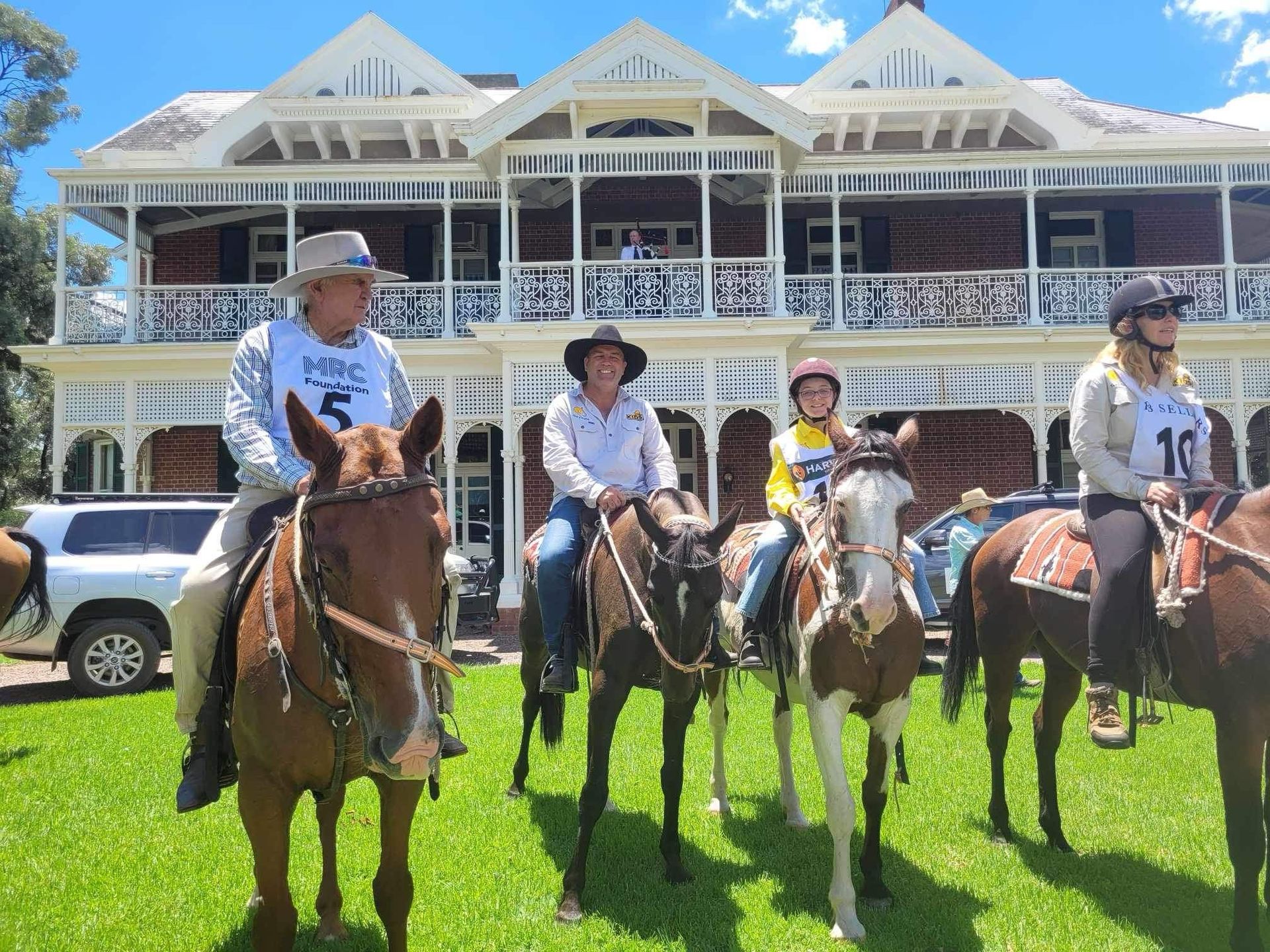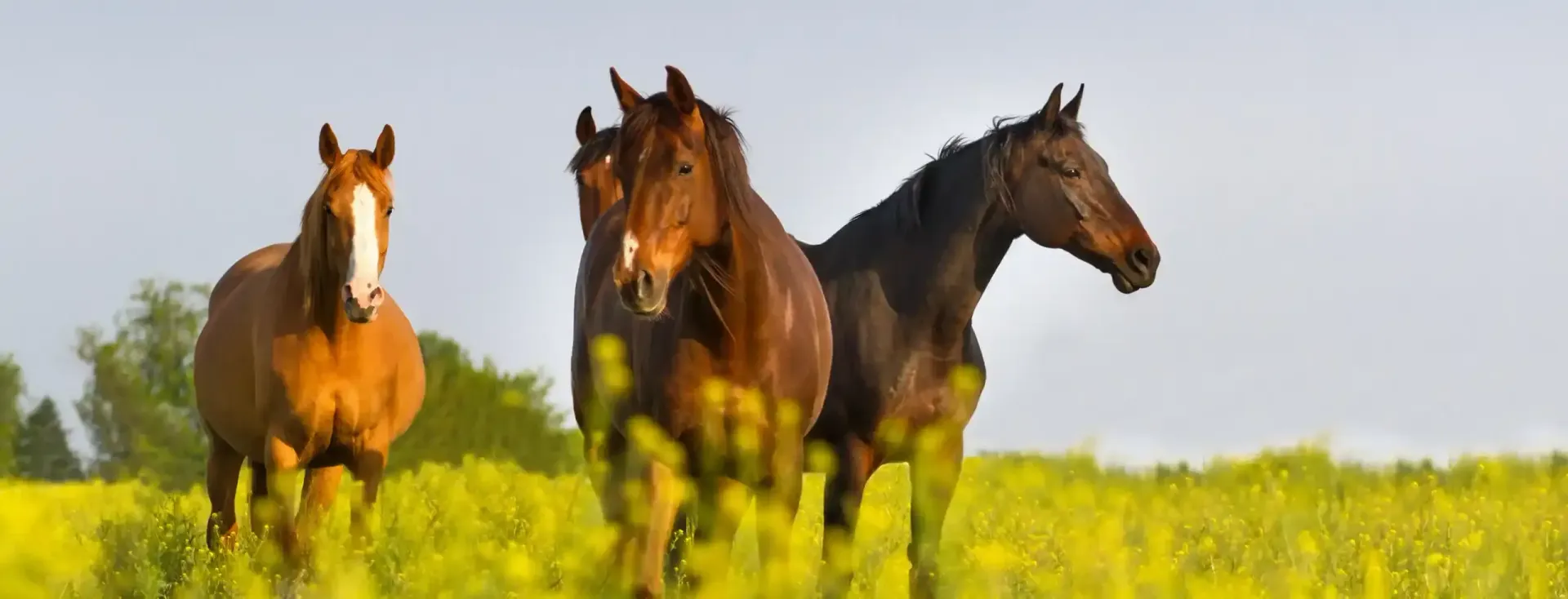What's the best Kitty Litter?
It comes as no surprise that litter boxes are a regular in almost every cat-owner’s home.
Unless your cat lives outside, or you’ve potty-trained it (if so, congrats by the way), chances are you have cat litter in your house. As cat litter is so widely used, it makes sense that there are a large variety of options available for different households. Unfortunately, a lot of these options can be quite dangerous to both you and your cat, and not many cat-owners are aware of this.
So, let’s take a look at some of the more commonly used litters, and their detrimental disadvantages.
Clay Litter
Clay litter is one of the most commonly used cat litters on the market. It is ideal for odor control, and many cats have no problems navigating it. Unfortunately, clay litter is also one of the most dangerous options available.
Clay litter is often derived from strip mining – a procedure that is highly destructive to the environment. Unfortunately, the destructive process doesn’t end there, as all used clay litter ends up in the garbage and landfills. Whilst this is extremely unfortunate, it isn’t the only danger of using clay litter.
If you haven’t heard of sodium bentonite before, chances are you weren’t aware that it is actually one of the most common clumping agents used in cat litter. This chemical is prominent in the dust spread by interacting with the clay litter, and when inhaled or ingested can lead to intestinal blockages and can be deadly. It is also a health hazard for people, so should be avoided for both you and your pet’s safety.
Crystal Litter
Next on the list is crystal litter, which is well recognised for its white & coloured crystals. Whilst crystal litter does not contain sodium bentonite (as it is a non-clumping litter), it does contain sodium silicate AND cobalt chloride, with both being almost equally as dangerous as each other. As this litter is also crystallized, it can be quite painful for your cat to dig through.
Sodium silicate is the building block of the crystals contained in this litter, with their make-up consisting solely of solid granules of these compounds. These crystals, despite their solidarity, often spread microscopic silica dust, which unfortunately can lead to silicosis when inhaled. Combine this with the carcinogenic properties of cobalt chloride (present in the dyed crystals), and you have a very dangerous litter choice. Oh, and did we mention that if these crystals are ingested, they can cause death? No good.
Paper Litter
Whilst paper litter IS made from recycled paper, it commonly ends up in landfills right alongside the clay litter, which doesn’t promote its environmentally friendly image. Furthering this, it also contains the infamous sodium bentonite mentioned earlier, which means this litter option is just as dangerous as the others we’ve already covered. Despite the addition of sodium bentonite to aid in clumping properties, this litter doesn’t absorb urine very well, which often leads to it sitting at the bottom of the tray, promoting ill odor and bacteria. Sadly, this option is no better than the others.
Let’s step away from the negative options, and take a look at one very positive alternative that we’ve had the pleasure of researching and developing.
Introducing - HGS Kitty Litter
Made entirely from natural oat hulls, HGS Kitty Litter provides an eco-friendly and kitten safe option for all cat lovers. Suitable for cats or kittens with allergies, asthma and respiratory issues, this litter is 100% chemical free, unscented, and biodegradable, meaning it can be safely applied to your garden after use. This litter is ideal for fragrance-sensitive cats, kittens and recently desexed felines, and as an added bonus, does not stick to paws or leave stains.
HGS Kitty Litter can be safely used as compost in your garden and due to its 100% natural composition, breaks down over time leaving no mess or fuss!
HGS Kitty Litter contains NO sodium bentonite, NO sodium silicate, and NO cobalt chloride (all found in crystal, clay, and paper cat litters) and is 100% chemical free.
This information is published by Harwood Grains Pty Ltd T/A Harwood Grains and Stockfeeds for general purposes only. Information contained in the publication is a general guide only and not tailored for any specific purpose. Various factors, including but not limited to differing individual circumstances, may affect results and therefore Harwood Grains and Stockfeeds does not warrant or guarantee any results from products used as outlined in the publication. To the extent permitted by law, Harwood Grains and Stockfeeds will not be liable for any claim, liability, expense or loss arising from use or misuse of products supplied, or from any reliance upon information provided in the published information. If there is any uncertainty regarding feeding regimes or the inclusion of supplements, please contact Harwood Grains and Stockfeeds on 03 5339 8176.
Share This Article
Other articles you may like



